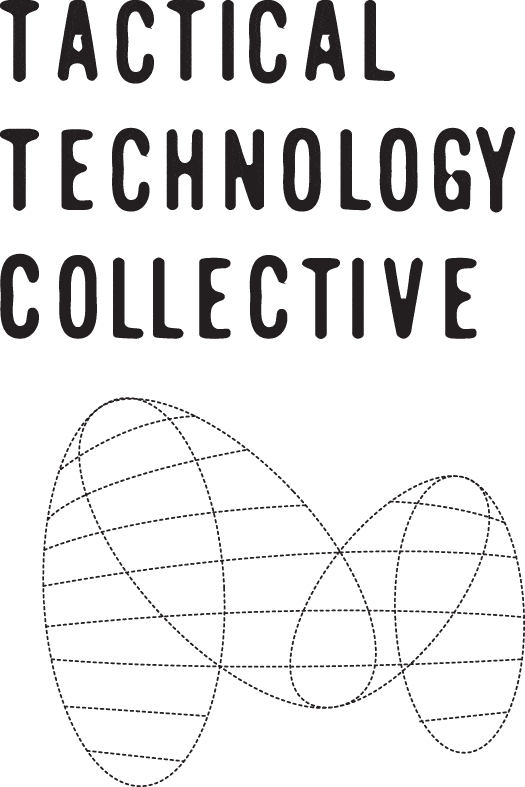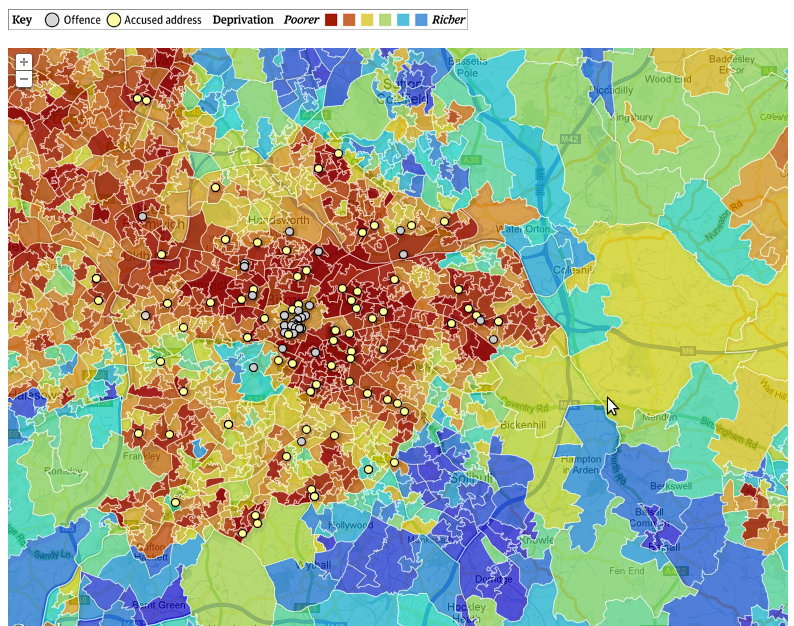
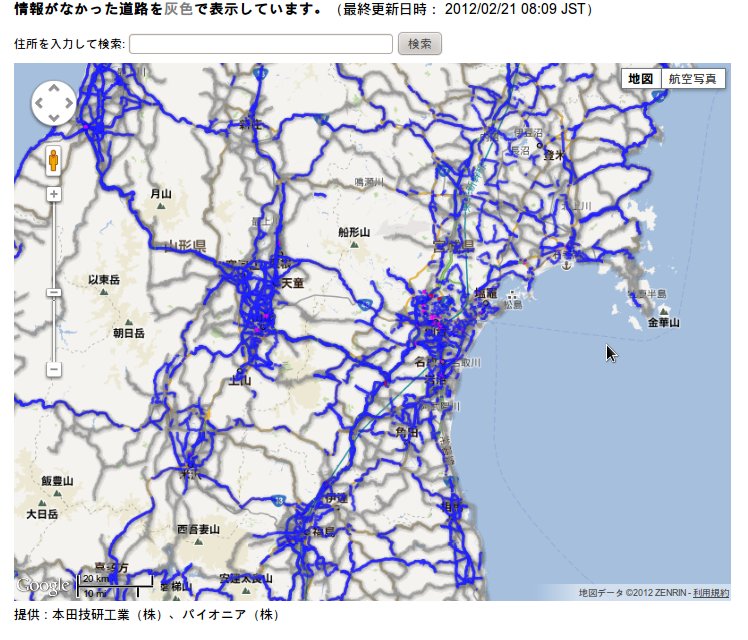
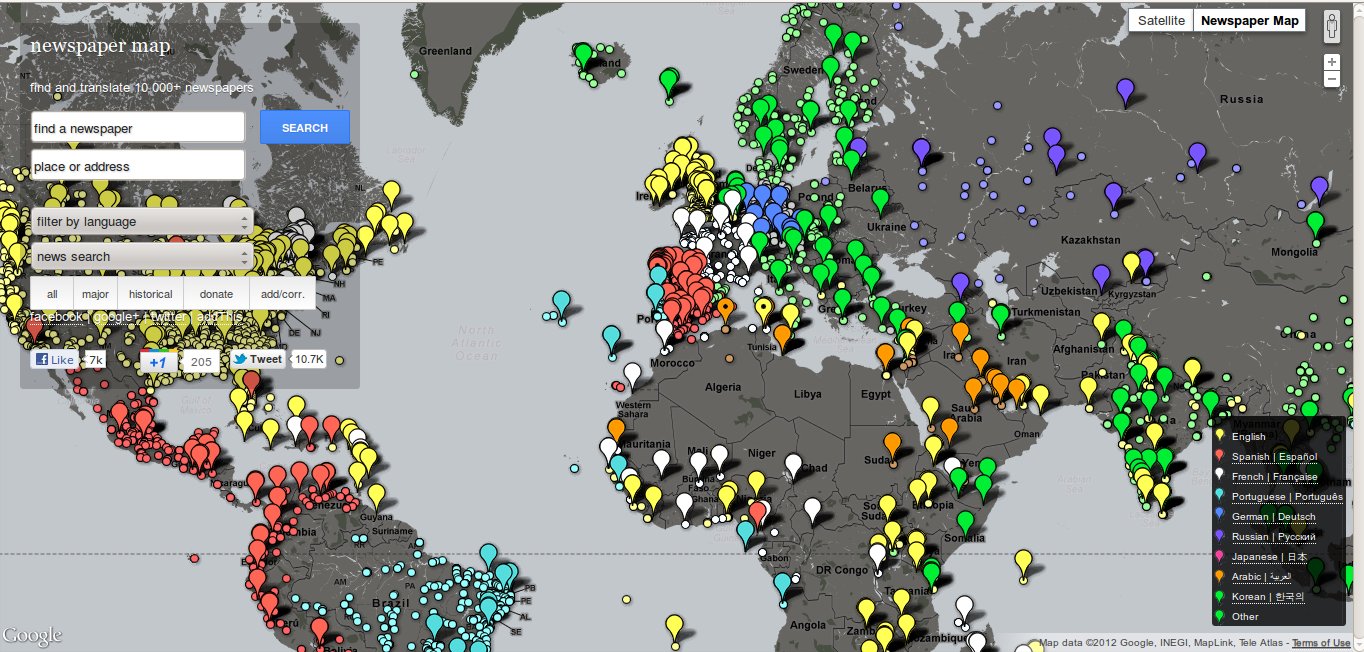
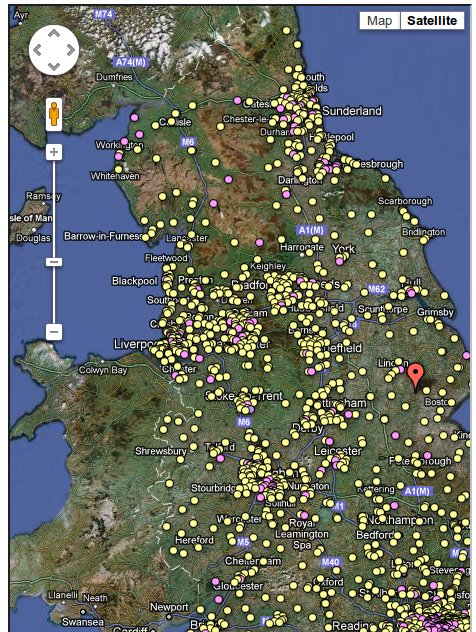
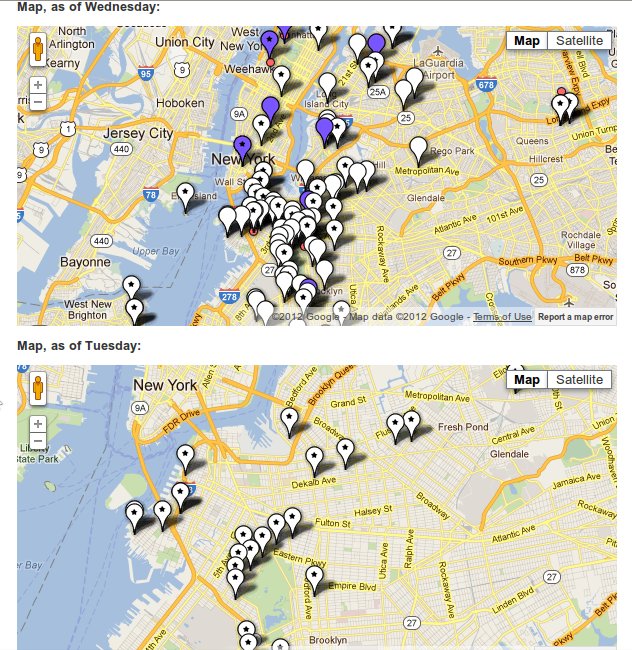
This is an online service inspired by the fact that there is more and more data in the public domain that could be made more useful. For example, your government might have released data about how public money is spent in different electoral constituencies over the last 10 years and you or your organisation may have collected voting data for each constituency in each year. Fusion Tables is a tool to see what these datasets have in common (the constituency, and the year in this example) and link them together into a single dataset, and then share this data online as a map or timeline.
Fusion Tables is a good data processing tool for ambitious projects. This means that its main use is in turning the data you have into something else. It's a level "up" from the day-to-day tools for working with data, such as spreadsheet applications, which means it needs more technical knowledge. Whereas Google Maps, for example, enables you to "draw" a map and arrange each pin or item, in Fusion Tables you control a map's visual appearance through changing the raw data in the tables.
It is designed for large datasets, some of which might be so large that it woud be difficult to work with them on your own desktop computer. For example, some of the public datasets have over half a million data points. Fusion Tables's geographical analysis is powerful and quite easy to implement. For people creating and combining datasets, it also has comments and discussion features at the level of the individual cell. Fusion Tables also integrates nicely with Google Docs.
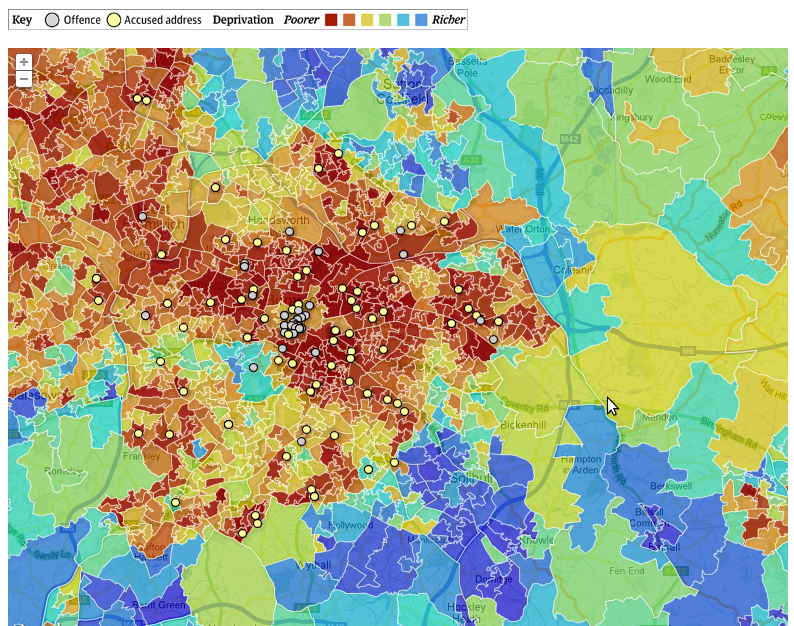
it's quite straightforward to make a visualisation out of a big and properly formatted dataset.
the need to make “queries” to manipulate the data effectively.
Steep
Yes.
You will need to create an account with Google and login to the website. On the left hand menu, there are “Public Tables” that contain data you can try out to learn how it works. Your account with Fusion Tables has a quota of 250MB, which should be more than enough space for your data.
CSV, Direct entry, Google Spreadsheets, KML, TSV and TXT.
CSV and Embeddable.
Chinese, English, Russian and Spanish.
As with other Google tools like Google Spreadsheet, Fusion Tables gives you the choice to share your data publicly or to keep it private.
Proprietary.
List of example sites that use Fusion Tables, maintained by Google.
The Guardian mapped out two layers of data to illustrate an analysis of whether poverty was a factor in 2011's rioting in the United Kingdom.


